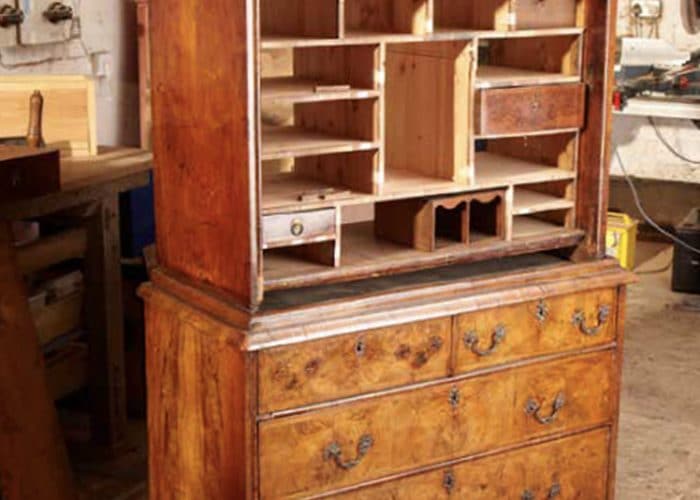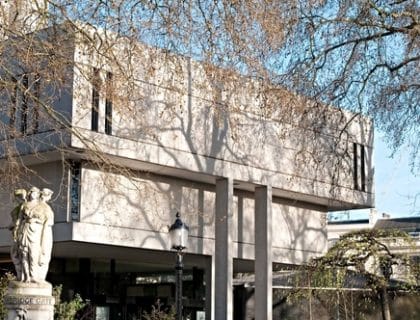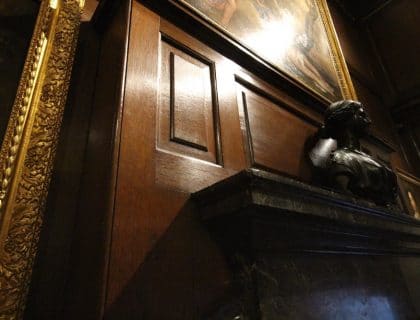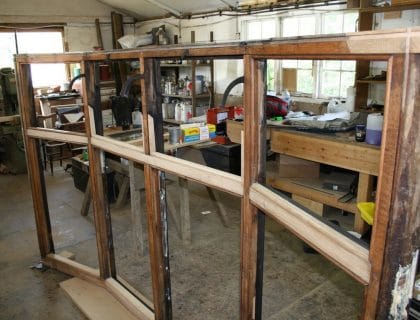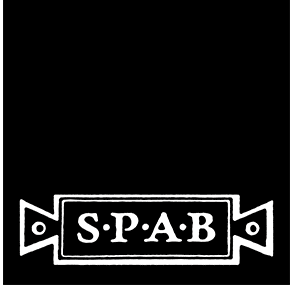Whether a major restoration project, or an emergency repair, we have extensive experience in preserving some of our most cherished heritage properties.
Thirty years’ expertise and experience of restoring ancient timbers has qualified us to work on some of the country’s most prestigious and historically important buildings. We are passionate about applying this specialist knowledge and learned skills to the sensitive restoration of all our clients’ homes, in the interests of preserving our architectural heritage and enhancing their historical and commercial value. Often a palace or castle will have been in the same family, little changed, for centuries; many have had to withstand the wear and tear of being open to the public. These are some of the oldest and most splendid buildings in the country, subject to stringent planning regulations and restrictions that we have learned to navigate with painstaking attention to detail.
“I believe passionately in the importance of using traditional tools and time-honoured techniques to restore the fabric of an historic property: its floors and panelling, staircases, doors and windows should be treated with the same respect and care as any item of antique furniture. Modern chemicals and machinery can remove forever the evidence of centuries of history; whereas the gentle pressure of a hand plane and natural oils and waxes preserve that precious patina, colour and finish.”
VINCENT REED
Our Expertise for Stately Homes, Palaces & Buildings of Historical Significance
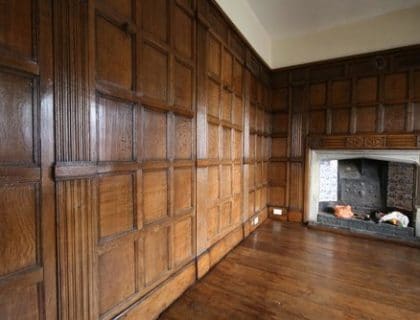
Panelling
Oak panelling became a fashionable feature of British architecture from the Tudor period onwards. Early panelling comprised thin, hand sawn boards, up to 24 inches square, which were slotted into grooves in solid timber uprights and cross members. Neglect or exposure to extremes in temperature or humidity levels, can cause warping and splitting.
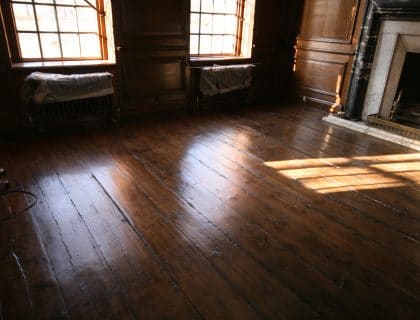
Flooring
The oldest oak boards will show all the dints and scratches of centuries’ wear, as well as the saw marks from being cut using a primitive two man saw in a saw pit; and would lose all their character if subjected to heavy mechanical sanding. Steam powered saws did not come into use until the mid 19thcentury when pine boards become more common.
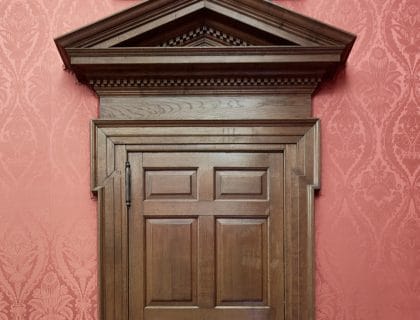
Joinery
Doors, staircases, windows and mantelpieces become damaged and warped over the centuries; while the original finish frequently deteriorates or becomes obscured by poor restoration or a change in fashion. Sometimes we need to copy missing features and recreate them by hand, to return these magnificent structures to their former glory.
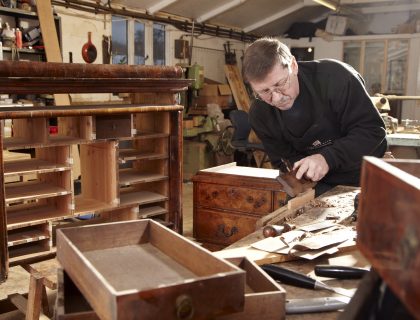
Furniture restoration
It is not unusual with a heritage property, to find furniture that has been in situ since it was first designed and constructed. Vincent Reed has all the specialist skills to undertake furniture restoration: since this was where his career began at the age of 16, three decades ago. Naturally he applies the same attention to detail and finish as all his restoration projects.
Auckland Castle: an 800 year old Hunting Lodge
Breathing new life into badly worn floorboards
Auckland Castle – or Auckland Palace, in County Durham, was designed more in the style of a neo gothic manor house than a fortified castle, and was built by the Church of England for the Prince Bishops. The floor in the Blue Drawing Room revealed a build-up of varnish and lacquer; with some areas having no finish at all where rugs and furniture had been positioned for centuries. The Baltic pine floorboards in the Victoria suite had lost their patina and were rough to the touch, so cleaning needed extra attention. In particular, the Bishop’s Bedroom featured a thin pigment stain applied to some of the timbers; areas of carpet adhesive; loose boards and random saw cuts; as well as a ‘tidemark’ of untreated boards. The complete floor was gently cleaned and rough areas nibbed back by hand; then the boards staggered to tidy up areas where pieces were missing, before a final natural finish added colour and warmth.

Prestigious City restoration chose Vincent Reed to consult on Edwardian panelling in the Dining Room
Described as an ‘abandoned architectural masterpiece’, the recent transformation of the old Midland Bank building in London’s Square Mile into a five star hotel and Members’ Club, is a triumph of 1920s design and magnificence. On the idea of installing a swimming pool on the 6th floor, the structural integrity of the building had to be measured and investigated. Grade 1 listed panelling in the 4th floor Edwardian inspired dining room had to be removed to assess the brickwork behind. Vincent Reed was called upon to consult with conservation officers from the City Of London on the project, remove the historic panelling and reinstall it after assessment.
Lutyens Style Dining Room at The Ned
Tried and Trusted – Why Leading Conservation and Heritage Organisations Choose Vincent Reed
As accredited artists and craftsmen dedicated to using only traditional methods and materials for restoring interior and exterior woodwork, Vincent Reed Ltd are regularly consulted by organisations dedicated to saving and preserving our cultural heritage, such as The National Trust, English Heritage and Historic Royal Palaces. Your floors, furniture or panelling will be restored by the same team who worked on the magnificent oak flooring of Auckland Castle; the 18th century staircase at the Royal Botanic Gardens, Kew; or the rare Georgian panelling in Kensington Palace. (link).
We love employing the knowledge and experience gained from these projects to discover your own home’s unique history; and develop the correct techniques for restoring a precious building to its rightful condition and finish. Our reputation and experience with listed buildings also ensure that any negotiations with insurance companies, planning departments and building regulations go smoothly. Inexperienced restoration can be costly and clumsy treatments can erase forever the historical evidence of hundreds of years.
A Fashion for Panelling
Once the royal palaces and grand hunting lodges had established panelling as a desirable design feature, it was passed down to the homes of smaller land owners and country estates; and can be found up and down the country, still gracing our manor houses and historic properties. Few are as rare as the Bolection panelling we worked on for English Heritage at Grade I listed moated manor house, Groombridge Place. Vincent Reed was brought in to make good some bad restoration work and remove the layers of paint covering this valuable 17th century panelling: it took three months to restore the one room using a gentle eco friendly varnish remover and fine copper brushes.
In the King’s Drawing Room in Kensington Palace, the original George I panelling had been untouched since its installation and was in a bad state with panels split down the middle and much of the timber cracked. The panels were gently taken apart, repaired and rejointed: some of the pieces were very fragile; others had been backed with hessian to prevent them expanding and shrinking, but the glue had now failed, so the whole procedure needed renewing. The panelling in the Presence Chamber and Privy Chamber were restored with equal patience and care, having been designed and installed by Sir Christopher Wren.
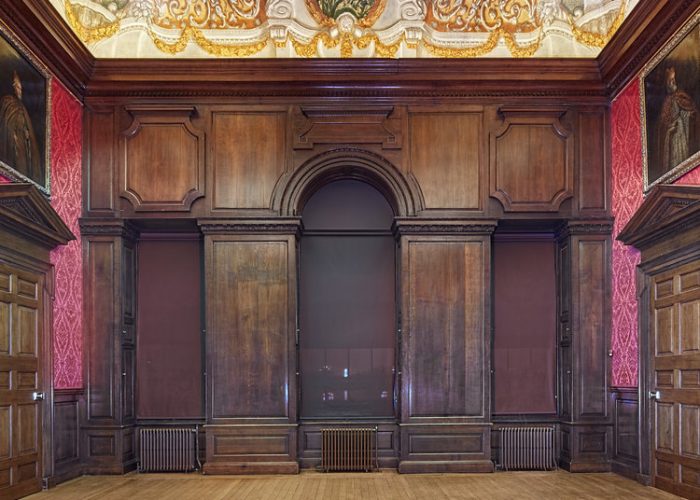
The Finest Finish for Flooring
Vincent Reed applies the same respect and attention to detail to an antique wooden floor, as he does to a fine piece of period furniture, where he first learnt his trade. Whether it is the rare boards of a King’s Drawing Room, a Bishop’s Bedroom – or the neglected floors of your own home showing the effects of centuries’ wear and neglect, he has the skill and knowledge to bring them back to glowing condition, without obliterating the evidence of their historical past. Irrespective of the size of the room, all work is done carefully by hand, often restoring only a small area at a time using eco friendly stripping solutions and copper brushes. Each project is assessed individually and requires its own cleaning programme sympathetic to its age and condition. Where areas might be damaged or missing, Vincent hand selects replacement antique timbers, cuts them by hand and if necessary, lays them in diminishing widths in the traditional way. Boards are fixed using the appropriate period lap joints and hand cut nails to recreate the floor exactly as it would have been when first fitted; yet retaining all the wear and tear of centuries. Hand finishing using Vincent’s own preserving beeswax blend ensures a warm and authentic patina. Vincent also undertakes to supply, fit and finish a traditional floor where one doesn’t already exist.
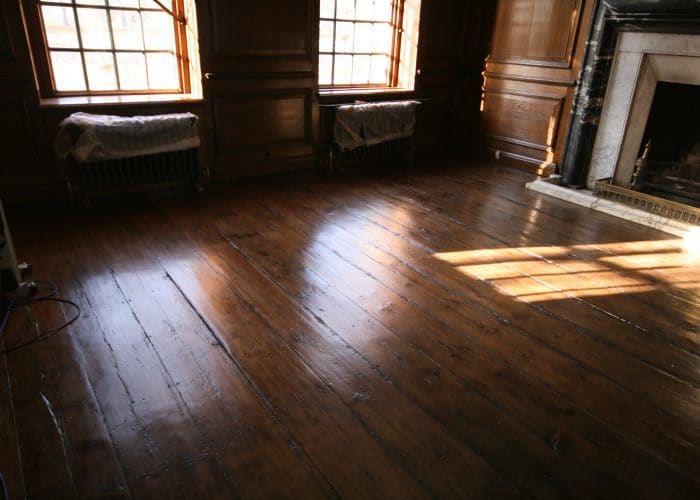
Using Traditional Joinery Techniques
Historic joinery such as doors and windows, staircases and fireplaces are prone to extensive damage from centuries of constant use and the effects of weathering. Vincent Reed always takes a pride in repairing and restoring as much of the original timbers as possible; while any sections or joints that are beyond repair, he carefully makes a bespoke replacement using the same traditional tools and construction processes so that the repair is imperceptible. When called in to restore the original canted bay windows in a Baillie Scott designed Arts & Crafts house, he not only conserved as much of the original timber as possible, he designed and constructed interior doors in the Baillie Scott style; as well as making panelling throughout to match that of the sitting room.
The magnificent front doors of the Canute Chambers in Southampton – home to the offices of the historic White Star Line – were in relatively good condition for their age; but they had warped and the original finish had deteriorated when Vincent was called in to advise on their restoration. They were successfully repaired and refinished in situ, to the condition they must have been in when the crowds gathered outside in April 1912 for news of the Titanic.
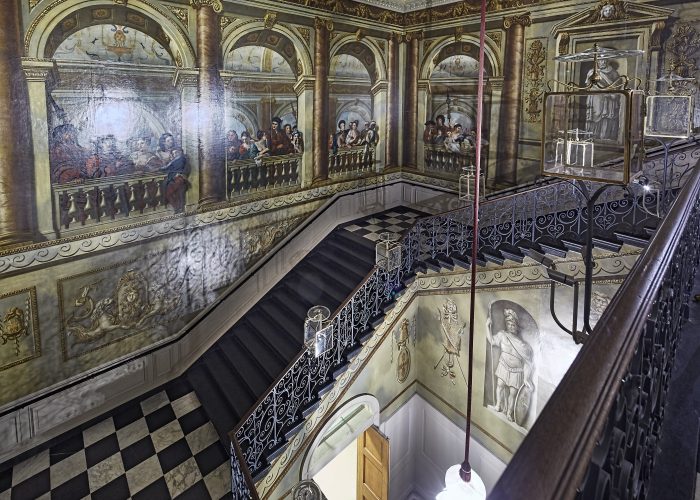
Furniture Restoration
Vincent Reed’s long standing experience of antique furniture restoration led to him being commissioned to repair and recondition part of the extensive museum collection at the Royal College of Physicians in Regents Park, London. Vincent is not only committed to maintaining the exact period details and retaining the original patina wherever possible, he insists on using new or authentic pit sawn oak timbers for any repairs, some maybe dating back 300 years. He refuses to resort to modern machinery or adhesives for restoring period items, or applying chemical finishes, using only traditional hand tools; employing laborious traditional jointing techniques; and then hand finishing the piece with natural beeswax.
Vincent explains how a truly successful restoration is never to over-restore a piece: the aim must always be to make an effective repair, whilst reinstating or preserving any original charm acquired over years of use, wherever possible. Decades of experience have also taught Vincent many traditional craft skills necessary for the repair and maintenance of antique furniture: he is subsequently an expert in soldering, leatherwork, lock restoration for bureaux, cupboards and coffers, woodturning and glass cutting; as well as hand polishing and wood conservation. He is a member of BAFRA (British Antique Furniture Restorers Association).
